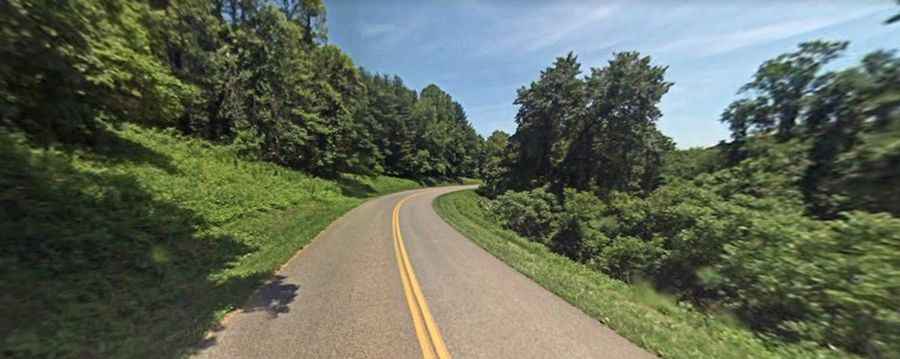Blue Ridge Parkway: One of America’s Prettiest Roads
The United States is filled with winding roads that allow you to view incredible scenery. Pacific Coast Highway winds its way along California's coast. Highway 101 in Oregon allows people to look at the state's stunning shoreline. Then there is the Blue Ridge Parkway in the eastern part of the country.

Blue Ridge Parkway is a beautiful, winding, and sometimes terrifying road that spans 469 miles across Virginia and North Carolina. It links the Great Smoky Mountains National Park to the Shenandoah National Park and man, it will blow your socks off.
What an Interesting Drive
The first thing visitors might notice on the Blue Ridge Parkway is the lack of big rigs. That's because commercial trucking is banned on the road. There are some exceptions to the rule, however. If a trucker has to deliver goods to a business on the road they are permitted. Drivers will also notice the parkway is very narrow in some parts and there are a lot of sharp curves. If a visitor is from a flat state like Florida, this might be slightly terrifying at first. However, there are plenty of areas that allow amateur mountain explorers to pull off and collect themselves. While they do that, they can enjoy the magnificent views of the Appalachians.
Checking Out the View
Visitors to the Blue Ridge Parkway will not be disappointed by the splendid scenery.
Waterfalls, waterfalls, and more waterfalls
Tourists who want to view cascading water, are going to be really excited. There are 12 waterfalls accessible off of the road. Below we've listed their names and locations.
- Cascades: milepost 271.9
- Wigwam Falls: milepost
- White Rock Falls: milepost 19.9
- Boone Fork Falls: milepost 296.4
- Linville Falls: milepost 316.4
- Crabtree Falls: milepost 339.5
- Apple Orchard Falls: milepost 78.4
- Douglas Falls: milepost 364.6
- Fallingwater Cascades: milepost 83.1
- Graveyard Fields Waterfalls: milepost 410
- Glassmine Falls: milepost 361.2
- Duggers Creek Falls: milepost 316.4
Oldest River
Milepost 199.5 of the Blue Ridge Parkway is home to the New River, which ironically is the oldest river in North America. It flows through West Virginia, Virginia, and North Carolina.
Animals, Plants, and Trees
In addition to rivers, waterfalls, vast forestland and beautiful scenic cliffs, the land along the Blue Ridge Parkway is full of animals. Visitors might see white-tailed deer frolicking in the woods. They could even run into a black bear, although, we hope those creatures stay away.
Wild turkeys, elk, beavers, river otters, and many other animals can all be found in the habitats surrounding the parkway.
In addition to the abundant wildlife, the Appalachians are home to more than 1,400 species of vascular plants. There is even a bloom calendar that allows visitors to check out the best time of the year to find specific plants.
Take a Drive
Everyone should try to visit the Blue Ridge Parkway at least once in their lifetime. If they don't want to drive the entire span, stopping off in a city like Asheville, North Carolina is a great idea.
Visitors to the city can get onto the parkway, check out some waterfalls along the way and then hop off. In the fall, the parkway looks like it's on fire as the leaves of the trees change from green to vibrant reds, oranges, and yellows. It's magnificent.
Just remember, if you visit, make sure you follow the speed limit posted on the highway and respect other drivers. Be safe and have fun!